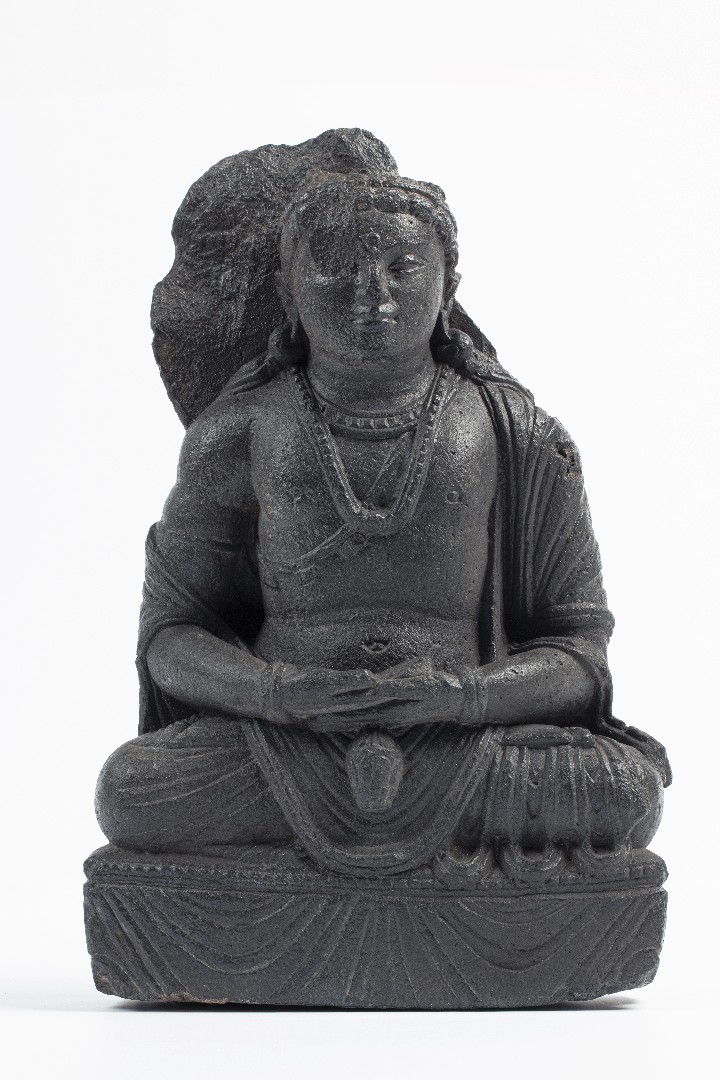
Gandhara Research Project
Collected by Imre Schwaiger
|
|
The ancient Gandhara covered the North West part of historic India, on the borders of present day Pakistan and Afghanistan. This area lying at the crossroad of trade routes was a meeting point of different cultures from the earliest periods in history. The art of the region, in its heyday in the first to the sixth century, exhibits strong Hellenistic influence. Alexander the Great, king of Macedonia, founded several cities in this territory during his military campaign of 327-326 B. C. Buddhism spread here in the period of the Mauryan Empire (325-183 B. C.). With its fall, independent Indo-Greek Kindgoms sprung in its place. Under the domination of the Kushan Empire (first to third century A. D.), it was primarily Buddhist art that developed in Gandhara, with the appearance of the first anthropomorphic representations of the Buddha in this region. The unique feature of Gandhara art is that apart from Buddhist themes, the portrayal of the gods of classical Greek pantheon is also characteristic of the reliefs originally serving as ornaments of stupas. The Hopp Museum owns ca. seventy Gandhara statues, donated to the museum by Imre Schwaiger, art dealer in Delhi and London, in the first part of the twentieth century. Similarly to international analogies, the statues are mainly fragmentary and their origin is unknown. Present research is twofold: the statues in the museum’s possession are described, identified, and placed conforming to to the latest scientific standards; on the other hand, the donor Imre Schwaiger’s life and relationship with the museum is researched. He did not only enrich the Indian Collection, but also donated several other invaluable objects to the museum. In terms of restoration policy of the Gandhara objects, the iron poles placed in the statue heads for exhibition purposes are removed due to conservation reasons. This process requires long and meticulous work, the survey of which is now in progress. |

